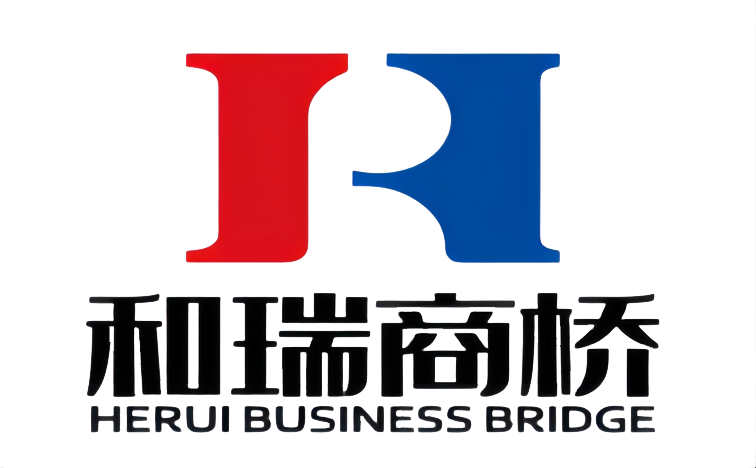Yarn count
Generally speaking, yarn count is a unit used to measure yarn thickness. The common yarn counts are 30, 40, 60, etc. The larger the number is, the thinner the yarn is, the smoother the texture of wool is, and the higher the grade is. However, there is no inevitable relationship between fabric count and fabric quality. Only fabrics larger than 100 can be called “super”. The concept of count is more applicable to worsted fabrics, but it is not significant for woolen fabrics. For example, woolen fabrics like Harris tweed are low in count.
High branch
High count and density generally represent the texture of pure cotton fabric. “High count” means that the number of yarns used in the fabric is very high, such as cotton yarn JC60S, JC80S, JC100S, JC120S, JC160S, JC260S, etc. The British yarn count unit, the larger the number, the thinner the yarn count. From the perspective of production technology, the higher the yarn count, the longer the cotton lint used for spinning, such as “long staple cotton” or “Egyptian long staple cotton”. Such yarn is even, flexible and glossy.
High-density
Within each square inch of fabric, the warp yarn is called warp, and the weft yarn is called weft. The sum of the number of warp yarns and the number of weft yarns is the density of the fabric. The “high density” usually refers to the high density of warp and weft yarns of the fabric, that is, there are many yarns that make up the fabric per unit area, such as 300, 400, 600, 1000, 12000, etc. The higher the count of yarn, the higher the density of the fabric.
Plain fabric
Warp and weft are interwoven once every other yarn. Such fabrics are called plain fabrics. It is characterized by many interlacing points, neat texture, the same front and back appearance, lighter fabric, good air permeability, about 30 pieces, and relatively civilian price.
Twill fabric
Warp and weft are interlaced at least once every two yarns. The fabric structure can be changed by increasing or decreasing the warp and weft interlacing points, which are collectively called twill fabrics. It is characterized by the difference between the front and the back, less interlacing points, longer floating thread, soft feel, high fabric density, thick products and strong three-dimensional sense. The number of branches varies from 30, 40 and 60.
Yarn dyed fabric
Yarn dyed weaving refers to weaving cloth with colored yarn in advance, rather than dyeing the yarn after weaving it into white cloth. The color of yarn dyed fabric is uniform without color difference, and the color fastness will be better, and it is not easy to fade.
Jacquard fabric: compared with “printing” and “embroidery”, it refers to the pattern formed by the change of warp and weft organization when the fabric is weaving. Jacquard fabric requires fine yarn count and high requirements for raw cotton.
“High support and high density” fabrics are impermeable?
The yarn of high count and high density fabric is very thin, so the fabric will feel soft and have good gloss. Although it is a cotton fabric, it is silky smooth, more delicate and more skin friendly, and its use performance is superior to that of ordinary yarn density fabric.
Post time: Sep-27-2022

